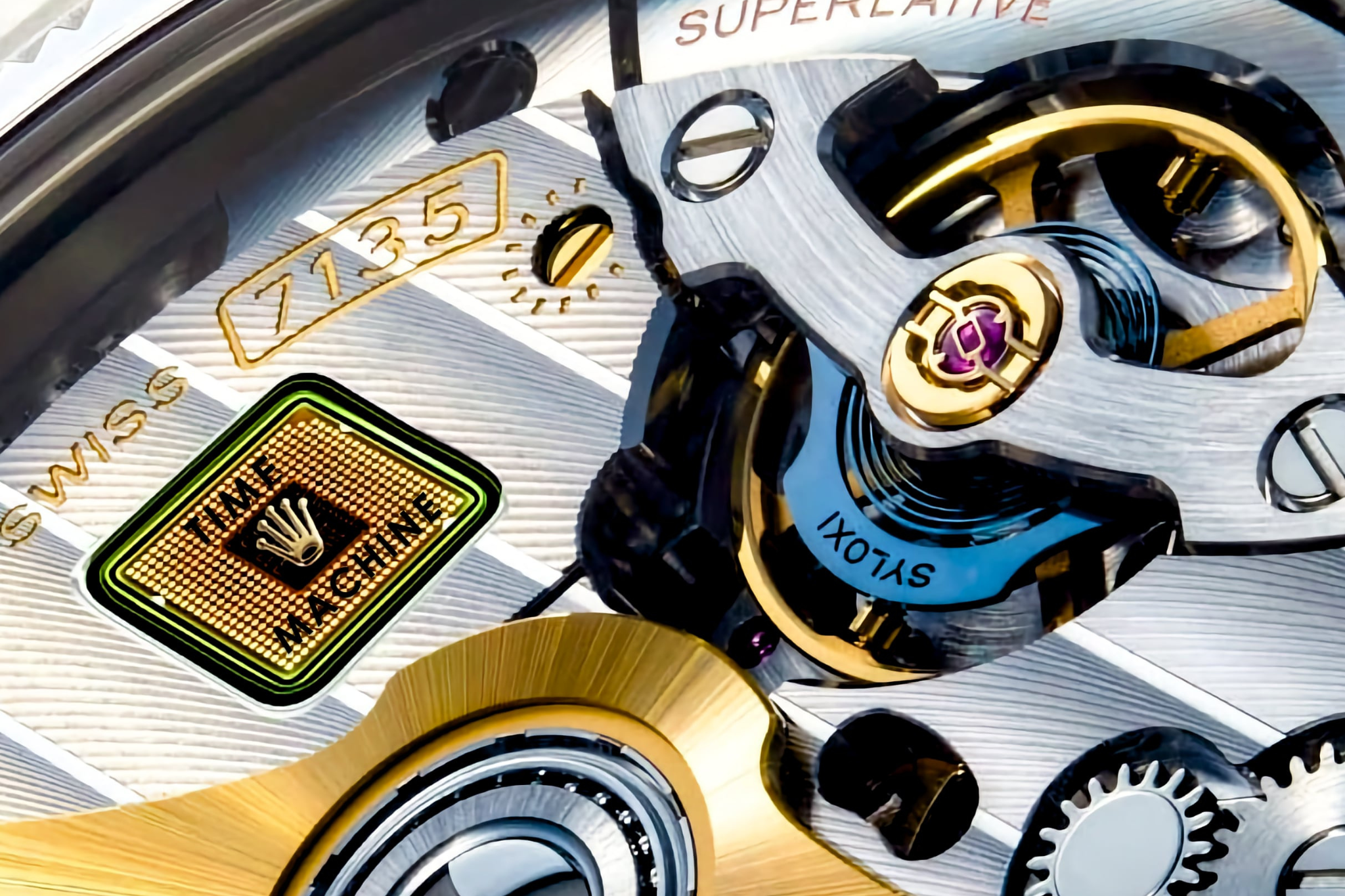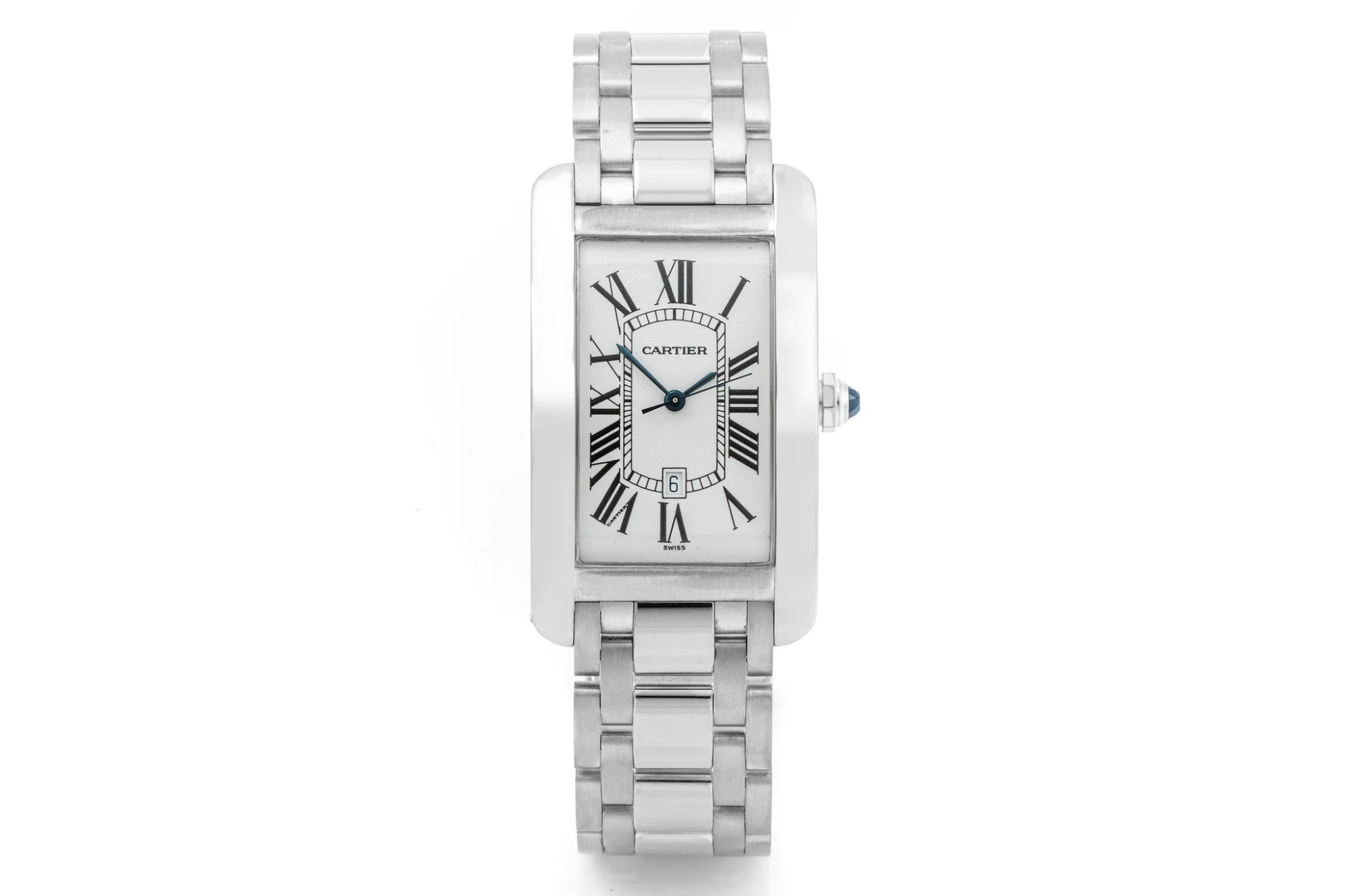Rolex & Cartier are often associated with elegance, luxury, and timeless style. Yet their histories are also intertwined with some of the most intense and transformative periods of the 20th century: the world wars and conflicts that shaped modern history. Far from being mere accessories, these watches became crucial instruments for soldiers, aviators, and leaders - tools of precision that carried symbolic weight in the theater of war.
This article explores how Rolex and Cartier contributed to military history, the stories behind iconic models, and why their wartime connections still fascinate collectors today.
Watches in Wartime: More Than Timekeeping
During the early 20th century, wristwatches transitioned from fashion novelties to practical necessities. Soldiers needed durable, reliable timepieces for navigation, coordination, and survival.
-
Durability: Waterproof cases and shock resistance kept watches functional under harsh conditions.
-
Precision: Accurate timing was essential for missions, artillery synchronization, and aviation.
-
Symbolism: A watch on the wrist of a general or pilot symbolized authority and trust in technology.
Both Rolex and Cartier rose to these challenges, proving that luxury watchmakers could also be instruments of war.
Rolex in Military History
The British POWs and the Rolex Oyster
During World War II, Rolex became a symbol of resilience. British prisoners of war in German camps were known to order Rolex watches through the mail. Hans Wilsdorf, Rolex’s founder, allowed these officers to defer payment until after the war, showing solidarity and trust.
The most famous example is RAF pilot Corporal Clive Nutting, who ordered a Rolex Oyster 3525 while imprisoned at Stalag Luft III - the camp made famous by The Great Escape. His Rolex survives today as a relic of both endurance and hope.
The Rolex Submariner and Military Divers
In the 1950s, Rolex introduced the Submariner, a watch designed for professional divers but quickly adopted by military forces. The Submariner became standard issue for some elite units, known for its waterproof Oyster case and rotating bezel that allowed divers to measure time underwater.
Rolex Military Issue (MilSub)
The “MilSub” - modified Submariners issued to the British Royal Navy - became legendary. With fixed lugs, sword hands, and military engravings, these watches are now among the rarest and most collectible Rolexes ever made.
Cartier in Military History
Cartier Santos and Early Aviation
The Cartier Santos, designed in 1904 for aviator Alberto Santos-Dumont, became one of the first wristwatches made for practical use. Though predating WWI, it set the stage for watches as military tools, particularly in aviation where pocket watches were impractical.
Cartier Tank and World War I
The Cartier Tank is perhaps the most directly war-inspired watch in history. Designed in 1917, Louis Cartier modeled the Tank’s rectangular case after the Renault tanks used on the Western Front. When the war ended, the Tank became a symbol of victory and modern design, worn by both military officers and statesmen.
Cartier and Diplomacy During WWII
While Rolex provided functional tool watches, Cartier’s role was also political. Cartier timepieces were gifted among military leaders and diplomats, serving as tokens of alliance and prestige. The Tank, in particular, became a favorite of military men who transitioned into political leadership after the war.
Comparing Rolex & Cartier in Wartime
-
Rolex: Known for durability, functionality, and direct battlefield use. POW Rolex Oysters and Royal Navy MilSubs prove its role as a tool of survival.
-
Cartier: Known for symbolism, elegance, and military-inspired design. The Tank, inspired by warfare, became an icon of victory and resilience.
Together, these brands reveal two sides of wartime horology: Rolex as the soldier’s instrument, Cartier as the officer’s statement.
Watches as Symbols of Resilience and Memory
For veterans, a Rolex or Cartier was more than a possession. It became:
-
A link to survival in POW camps or combat zones.
-
A marker of identity, distinguishing officers and pilots.
-
A legacy item, passed down as a reminder of service and sacrifice.
Collectors today see these watches not only as luxury items but as artifacts of courage and history.
Collecting Wartime Rolex & Cartier
The certified pre-owned market has made it possible to acquire models connected to military heritage:
-
Rolex Oyster Chronographs linked to POW stories.
-
Rolex MilSubs issued to elite divers in the 1950s–1970s.
-
Cartier Tanks inspired by World War I armor.
-
Cartier Santos that reflect aviation’s early heroes.
These watches remain highly sought after, not just for their beauty but for their place in human history.
Final Thoughts
The histories of Rolex & Cartier are inseparable from the 20th century’s defining conflicts. Whether on the wrists of prisoners of war, divers in the Royal Navy, aviators, or generals, these timepieces shaped - and were shaped by - the realities of military life.
Today, owning such a watch connects collectors not only to horological excellence but also to stories of resilience, courage, and legacy. More than luxury, they are timekeepers of war - silent witnesses to the moments that defined nations and generations.








